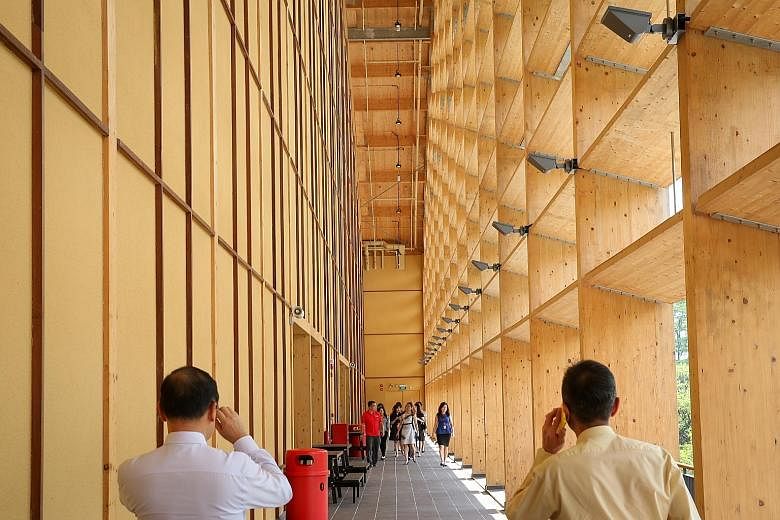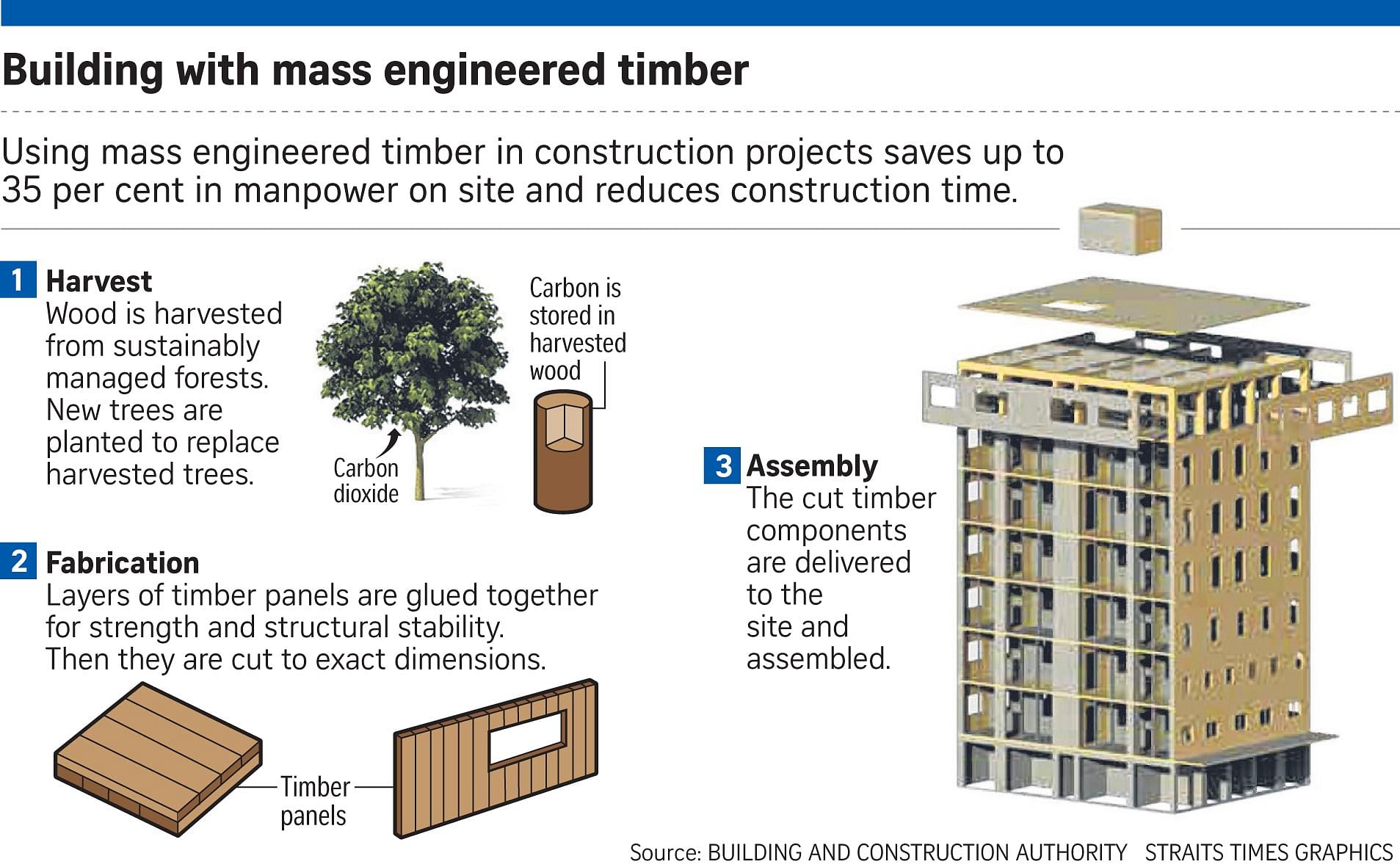Key challenges have to be overcome before the construction industry can meet the target set by the Government - to quadruple by 2020 the number of projects that use more efficient technologies.
The biggest is the high costs involved for contractors, including the buying of machinery and computer software, training of staff and, in some cases, costs incurred for storing and transporting prefabricated units to the site, said Singapore Contractors Association president Kenneth Loo.
This is particularly so for small and medium-sized enterprises, he added.
Property consultant Nicholas Mak of SLP International said: "If it is cheaper to use the traditional method, they will use the traditional method. And if construction costs are higher, these will be passed down to the property owner."
To defray some of these costs, the Building and Construction Authority (BCA) has committed around $450 million out of about $800 million from the Construction Productivity and Capability Fund as at the end of last year. The fund was introduced in 2010.
More than 9,000 companies, about 90 per cent of which are small and medium-sized firms, have benefited, a BCA spokesman told The Straits Times.
In February, a $150 million Public Sector Construction Productivity Fund was also set up to allow government agencies to implement innovative building methods for construction projects.
On top of the prefabricated mass engineered timber used in Nanyang Technological University's new sports hall, other time- and manpower-saving construction methods include prefabricated pre-finished volumetric construction, which involves building modules in factories before assembling them on-site; structural steel, which is fabricated in factories before installation on-site; and modular mechanical, electrical and plumbing systems, which involve prefabricating and joining mechanical pipework and fittings off-site.
But the assembling of prefabricated components is another challenge as it often requires a high level of precision to prevent problems, such as water leakage and other construction defects, said Mr Mak.
With a projected 60 per cent of demand in the construction sector in the next few years set to originate from the public sector, BCA head John Keung said the Government must rise to the challenge of adopting new construction technology.
"Public agencies must walk the talk, must take the lead in driving this change," he said.
VIDEO
Take a look at new sports hall The Wave. http://str.sg/4BbR



